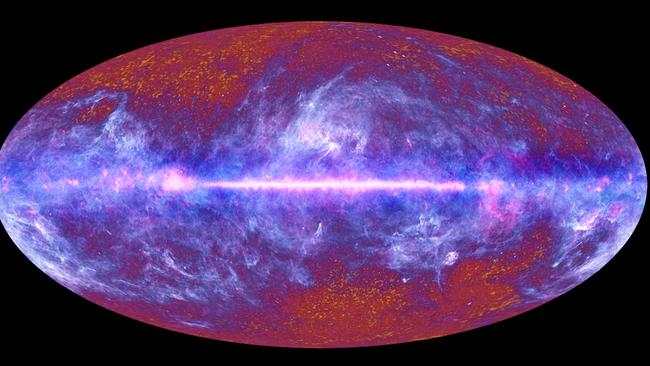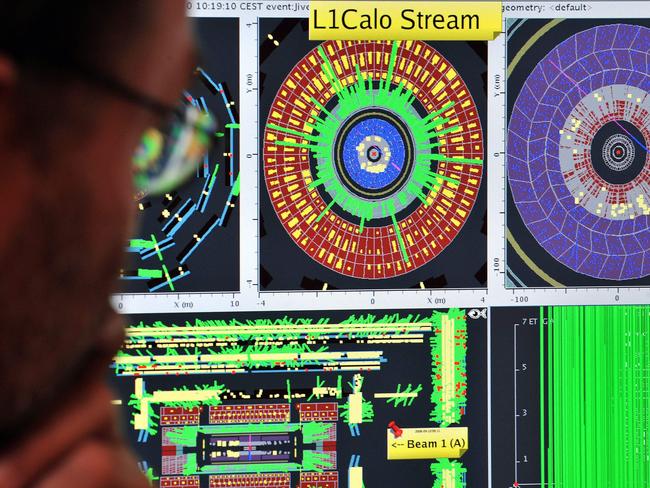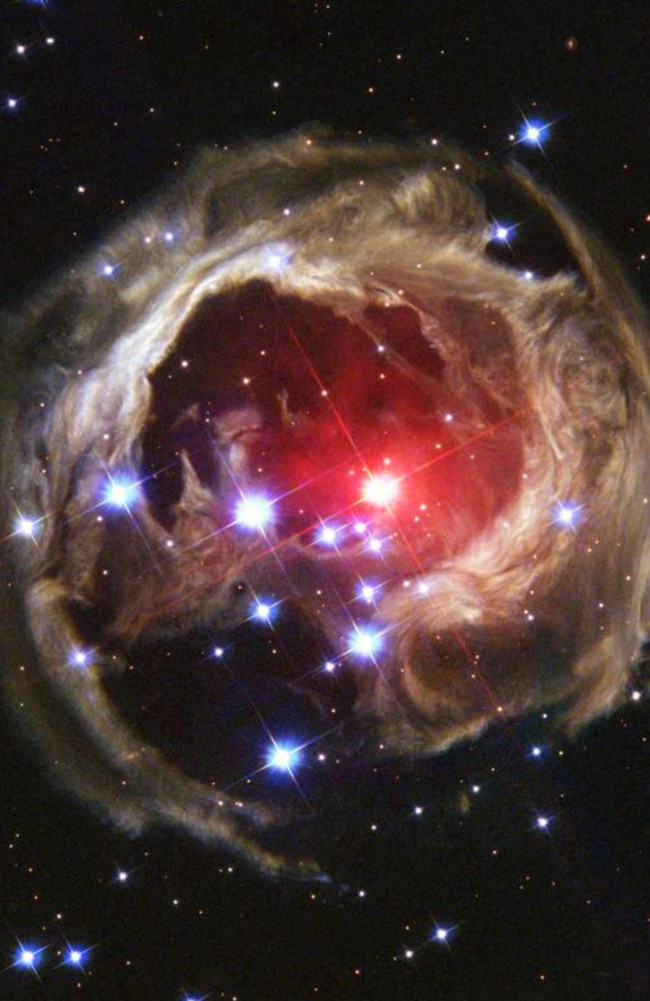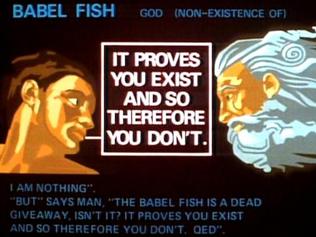It’s okay. Nothing really matters. We don’t actually exist, anyway. Or so the Higgs Boson particle suggests
IT took $10 billion and decades of research, but now scientists are convinced: The universe doesn’t exist. Or at least it shouldn't.

IT took $10 billion, the world’s largest particle accelerator and decades of research, but now scientists are convinced: The universe doesn’t exist.
Or at least it shouldn't.
So, is it back to the drawing board or should we all vanish in a puff of logic?
The nature of the newly discovered Higgs Boson particle appears to point to the universe blinking out of existence mere moments after the Big Bang.
“This is an unacceptable prediction of the theory … if this had happened, we wouldn’t be around to discuss it!” one of the researchers who discovered this discrepancy stated.

When the data from the world’s most expensive experiment is plugged into the physics “equation for everything”, otherwise known as the Standard Model, it comes up trumps.
But don’t worry, say British cosmologists: It probably just means we’ve missed something.
Australian astrophysicist Dr Alan Duffy agrees.
“I love this idea of bringing together two discoveries found at the biggest extremes of size you can imagine. From studying the Higgs Boson at tiny scales much smaller than an atom to (potentially) measuring Inflation by searching into the distant past of our enormous universe.”

So it seems the Large Hadron Collider, built under the French-Swiss border, has a lot more proton-smashing to do to get to the bottom of life, the universe — and everything.
So to do astronomers.
The problem is with the moments after creation itself.
Matter materialised out of the Big Bang, hurtling outward in all directions — rippling through space-time as we know it.
Known as the theory of Inflation, it is a model that helps explain how the Universe looks and works today.

Enter the Higgs Boson, or “God” particle.
It’s had a similar impact on physics as the Babel fish from Douglas Adam’s famous book, The Hitchhiker’s Guide to the Galaxy, had on God.
Cosmologist Robert Hogan, of King’s College London, has told a meeting of the Royal Astronomical Society that this tiny, poorly understood piece of the universe doesn’t seem to fit established thinking.
Controversial research earlier this year has been presented as direct evidence of this stage of rapid universal growth: Ripples of residual gravity waves may have been spotted against the cosmic radiation background.
Called the Background Imaging of Cosmic Extragalactic Polarisation (BICEP2), its findings are regarded as incomplete.

When combined with the properties Higgs Boson, a particle which is supposed to give mass to the universe, the two seem to suggest that Inflation would have headed towards a Big Crunch within a fraction of a second.
As a result, we shouldn’t exist.
“If both ideas are right then the energy in Inflation is more than enough to ‘bump’ the Higgs-field into a different behaviour which would cause our universe to recollapse before it ever got going,” Dr Duffy says
“The authors have got a great proof that there’s some new physics preventing this ... the simple fact we’re here to read about it!”
As the Kings College researchers explain: If BICEP 2 is shown to be correct, it tells us that there has to be some new particle physics beyond what we currently know.
So, the upshot?
You still have to go to work on Monday.




